Trichoscopy as an essential diagnostic technique for hair and scalp disorders in skin of color: A case-control study
January 2021
in “Indian journal of dermatopathology and diagnostic dermatology”
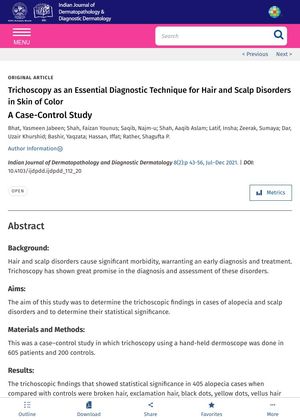
TLDR Trichoscopy is a reliable method for diagnosing hair and scalp disorders quickly and non-invasively.
From 2015 to 2019, a case-control study involving 605 patients was conducted to assess the effectiveness of trichoscopy in diagnosing hair and scalp disorders. The study found that trichoscopy, a non-invasive diagnostic technique, was effective in identifying features of different types of alopecia and scalp disorders. For instance, in diffuse alopecia areata, common findings included black dots, yellow dots, broken hair, and vellus hairs. In androgenetic alopecia, hair diameter variability of ≥20% was the most common finding. The study also identified 35 distinctive trichoscopic features significant in diagnosing localized and diffuse alopecias. The study concluded that trichoscopy is a reliable tool for quick and non-invasive assessment of the scalp, which can guide therapy and management.
View this study on journals.lww.com →
Cited in this study
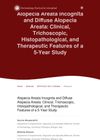
research Alopecia Areata Incognita and Diffuse Alopecia Areata: Clinical, Trichoscopic, Histopathological, and Therapeutic Features of a 5-Year Study
The study concluded that AAI and DAA are forms of the same disease, with different symptoms in men and women, and that corticosteroid treatment is effective.
research Correlation of trichoscopic findings in androgenetic alopecia and the disease severity
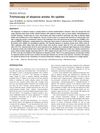
research Trichoscopy of alopecia areata: An update
Trichoscopy helps diagnose and monitor alopecia areata by looking at a combination of specific hair and scalp features.

research Utility of trichoscopy
Trichoscopy helps diagnose and monitor hair and scalp problems without needing many biopsies.
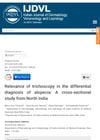
research Relevance of trichoscopy in the differential diagnosis of alopecia: A cross-sectional study from North India
Trichoscopy is useful for diagnosing different types of hair loss.
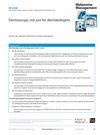
research Dermoscopy: not just for dermatologists
Dermoscopy is useful for many health professionals, not just dermatologists, in improving skin condition diagnoses and reducing unnecessary biopsies.
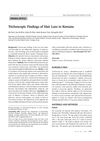
research Trichoscopic Findings of Hair Loss in Koreans
The study found specific hair and scalp patterns for different types of hair loss in Koreans, noting racial differences affect diagnosis.
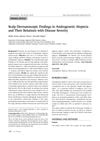
research Scalp Dermatoscopic Findings in Androgenetic Alopecia and Their Relations with Disease Severity
Scalp dermatoscopy helps diagnose and monitor hair loss severity.
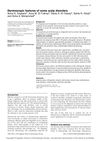
research Dermoscopic features of some scalp disorders
Dermoscopy helps diagnose different scalp conditions by showing unique signs for each disorder.
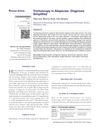
research Trichoscopy in alopecias: Diagnosis simplified
Trichoscopy is a useful, non-invasive way to diagnose different types of hair loss.
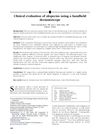
research Clinical evaluation of alopecias using a handheld dermatoscope
A handheld dermatoscope helps diagnose different types of hair loss effectively.
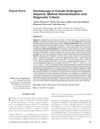
research Dermoscopy in female androgenic alopecia: Method standardization and diagnostic criteria
Trichoscopy can diagnose female hair loss with high accuracy by looking for specific patterns in hair and scalp appearance.
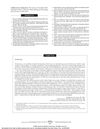
research Trichoscopy
Trichoscopy is a non-invasive way to diagnose hair and scalp problems without needing hair samples.
Related
research Clinical and Dermatoscopic Features of Temporal Triangular Alopecia in Infants
Temporal triangular alopecia in infants is mostly seen in males at birth, with unique features that help with diagnosis.

research 대학병원 피부과 외래에 내원한 안드로겐 및 원형탈모증 환자에서의 대표적 Trichoscopic Finding에 대한 고찰
The document's conclusion cannot be summarized as it is not provided in a language I can understand.